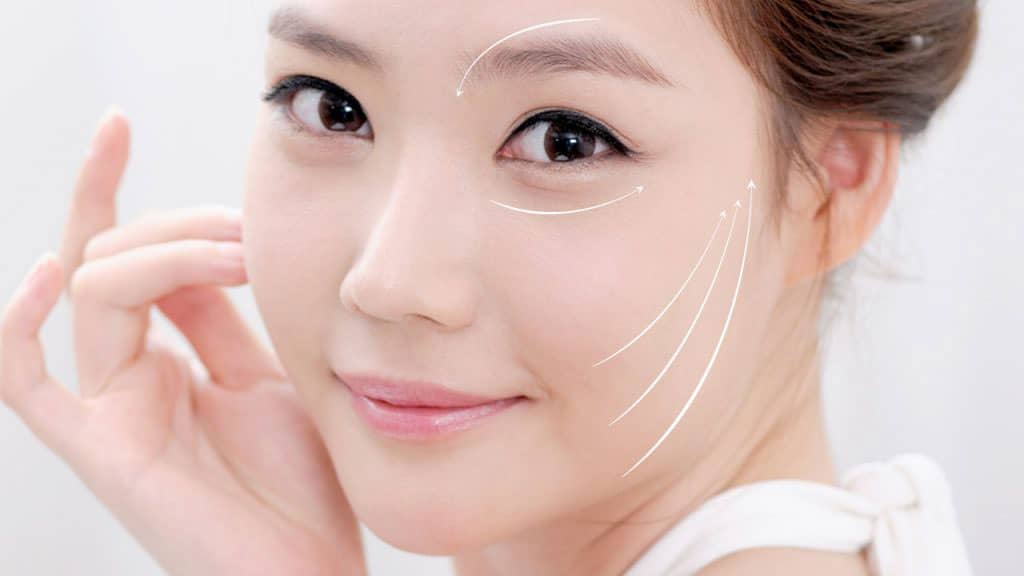What is Thread Lifting?

Many people are choosing thread lifting as a less invasive alternative to a traditional facelift. Thread lifting is a non-surgical treatment with a short recovery time, of up to seven days. It should be relatively painless, and satisfied customers say they’ve received the effects of a facelift, but without having to go under the knife. The cost is also about half the price of a traditional facelift (depending on how many threads you get), so these are some of the likely reasons that thread lifting is growing in popularity.
There are plenty of beauty clinics throughout Asia that offer thread lifting as one of their services. Those who are seeking a more defined facial contour or simply a more youthful and rejuvenated appearance can consider thread lifting as a viable treatment option.
What does thread lifting involve?
Local anesthetic is first applied. The surgeon will then make tiny incisions in the targeted area to insert ‘threads’ into the face. The threads are attached to the skin tissue in the sagging parts of the face and are then pulled back to lift and smooth the skin so a more youthful appearance can be obtained.
The effects are immediate and the whole treatment is usually completed in 1-2 hours or less. The risks of scarring are minimal because the threads are hidden away underneath the skin.
The benefits of a thread lift can potentially last anywhere from months, up to several years. This often depends on lifestyle and physiological factors. The best results are obtained in patients aged in their 30’s to 60’s, before excessive facial sagging is likely to have occurred.
The possible risks of thread lifting
Many of the benefits of thread lifting have already been mentioned, so let’s take a look at the possible risks:
- Dimpling and puckering of the skin. This can potentially be caused if the threads are tightened too much. Sometimes the local anesthetic can also cause the tissues to swell. Problems such as dimpling can usually be corrected in the days following the procedure, or avoided altogether with an experienced practitioner.
- Thread loss or breakage. It is possible for threads to move and protrude outside of the skin, or to break when they are being tightened. Again, an experienced practitioner should be able to minimize the chance of this happening, or fix the problem should it occur.
- Other possible risks include the small chance of infection, scarring, nerve injuries and granuloma. The potential risks of a thread lift treatment should be discussed in detail between the surgeon and patient before undergoing the procedure
Where to find out more
Perhaps you are still deciding on the facial rejuvenation option that is right for you? There are many treatments to choose from, ranging from a traditional face lift, to non-surgical procedures such as Botox, laser treatments, thread lifts, fillers and more. You can read our article about the pros and cons of Botox to help you take the next step in your decision making process. Search our directory listings to find beauty clinics around Asia that offer thread lifting and other facial rejuvenation procedures.







Responses